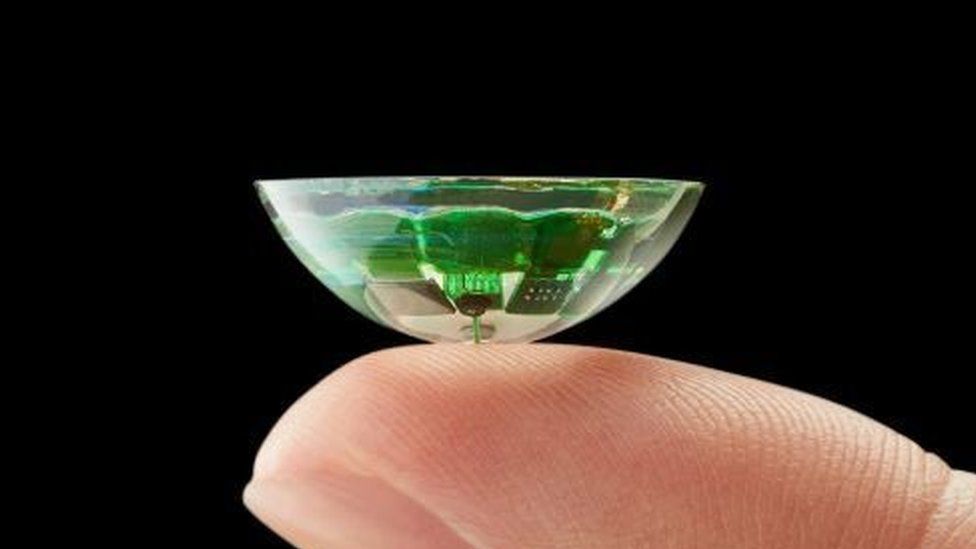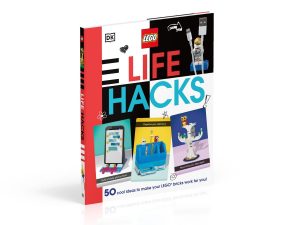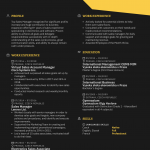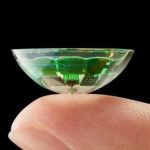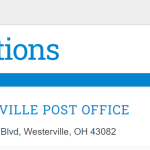Extended Wear Contact Lenses
Extended wear contact lenses are designed to be worn for a longer period of time than traditional contact lenses. They are suitable for people who are not willing to take them out for several hours every day. However, prolonged use of these contacts can lead to a number of complications, including decreased vision and eye infections. Despite these risks, many people find these lenses to be very comfortable and helpful.
Extended wear contact lenses are commonly made of soft materials. However, these lenses can cause serious problems such as fungal infections and corneal neovascularization, which is an infection caused by tiny blood vessels on the iris. These complications can lead to vision loss or even blindness. Some people may also experience irritation and inflammation caused by the lenses.
A recent international survey of contact lens users found that 70 percent of respondents used extended wear lenses to combat their short-sightedness and long-sightedness. In addition, 14 percent wore extended-wear toric lenses and ten percent wore multifocals. About two-thirds of all prescriptions for these lenses referred to monthly-wear, while only 20 percent referred to weekly or fortnightly-wear lenses.
Extended wear contact lenses are also available in a variety of designs and materials. These types of lenses can be worn at night to improve vision during the day. Patients who sleep with their contacts on should consult with their eye care practitioner to make sure they are comfortable with them. In addition, doctors should consider the lifestyle of the wearer to ensure they have the proper fit and compliance with this wear mode.
Extended wear contact lenses are FDA-approved and can be worn for up to one month. However, prolonged contact lens wear is not recommended for all eyes. For the best results, consult your eye care professional regarding the best wear duration and lens cleaning routine.
Rigid gas permeable lenses
A RGP (rigid gas permeable) contact lens is a kind of hard contact lens that is made of oxygen-permeable polymers. This type of lens is very popular for a variety of reasons, including its high durability and ease of cleaning. Moreover, these lenses are suitable for people who wear contact lenses frequently.
Rigid gas permeable contact lenses are often used for night-wearing, allowing the cornea to change shape while you sleep, eliminating the need for contact lenses during the day. However, gas-permeable lenses must be cleaned thoroughly every night before use to avoid buildup under the lens and other problems.
Rigid gas permeable contact lenses take more time to adjust to than soft lenses. While soft lenses adapt to wear immediately, gas-permeable lenses may take a week or more for your eyes to adjust. That’s why many patients may not feel comfortable wearing them immediately. Rigid gas permeable contact lenses may be suitable for some people, especially children.
Rigid gas permeable contact lenses are often more comfortable than soft ones, but they come with limitations. RGP lenses may not be the best option for everyone, but for those who find them more convenient and have no other problems with their eyes, RGP lenses may be the best option.
Rigid gas permeable lenses provide excellent vision clarity. Although they take some time to adapt, they provide excellent vision and long-term health for the cornea. RGP lenses are a good choice for people with dry eye. Dry eye occurs when the tears are insufficient to lubricate the eye. Insufficient tears mean that the eye gets no oxygen, which can lead to an infection. RGP lenses also allow the eye to stay moist.
Soft lenses
Soft lenses are a type of contact lens made from a special type of plastic mixed with water. This allows oxygen to pass through the lens and help the cornea remain healthy. Without enough oxygen, the cornea can become cloudy and lead to blurred vision or other serious eye problems. Some types of soft lenses are disposable, allowing for less cleaning and less risk of infection. These lenses also offer more comfort than their rigid gas permeable counterparts.
Hybrid lenses are another option, combining the benefits of both hard lenses and soft lenses. Hybrid lenses are more durable than soft lenses and can be worn for up to 6 months, unlike soft lenses that must be replaced weekly or bi-weekly. However, the maintenance of a hybrid lens is more involved than for a soft lens.
Choosing the right lens is crucial. Soft lenses are not appropriate for water sports, as they can become contaminated with bacteria, chlorine, and other microorganisms that can cause an eye infection. Soft lenses can also stick to the eye after swimming. If this is the case, rewetting drops may be necessary to loosen them. If you find your lenses uncomfortable, you should contact a contact lens care clinic or optometrist immediately.
Rigid gas permeable lenses are made of durable plastic. They are not as pliable as soft lenses, but they are more breathable and allow more oxygen to reach the cornea. Because they are more rigid than soft lenses, they can last longer. However, the downside of these lenses is that they are harder to adjust to, so it may take a couple of weeks to get used to wearing them.
Silicone hydrogel lenses
Silicone hydrogel contact lenses have improved oxygen transmissibility and physiological performance over previous contact lens materials. However, even with these improvements, silicone hydrogel contact lenses are still vulnerable to microbial keratitis and tear film deposition. Proper disinfection is necessary to minimize the risk of contact lens infection.
Silicone hydrogel contact lenses are available from optical chains, Costco warehouses, and various online retailers. They are also available from eye care practitioners. However, it is important to note that they are expensive, so it is advisable to consult an eye care practitioner before you buy them. If you are concerned about their durability, it is worth mentioning that they are relatively new in the market.
Silicone hydrogel contact lenses are available in various strengths, and the choice of the best contact lens will depend on your vision needs and the strength of your prescription. The comfort of the lenses also needs to be considered. If you have sensitive eyes, you may want to purchase a lens with a high water content. However, you must remember that the higher the water content, the less oxygen can reach the cornea.
Silicone hydrogel contact lenses are manufactured using several different methods, depending on the type of silicone hydrogel material. The two most common silicone hydrogel lens materials are lotrafilcon A and senofilcon A. These lenses are FDA-approved for extended wear, but there are also variations in the characteristics and performance of each type.
Conventional hydrogel materials are composed of several monomers and a cross-linking agent. This forms a polymer network. Monomers in conventional hydrogel materials typically include HEMA, methyl methacrylate, N-vinyl pyrrolidone, or methacrylic acid. The properties of these materials depend on the monomers’ surface charge and polarity.
Diverging contact lens for myopia
Myopia is a vision condition in which a person’s vision is distorted due to a lack of proper focus. This is because the light ray coming from a distant object converges on the retina while rays from a close object diverge. This causes a blurry image when the lens is too powerful or the eye is too long. Diverging contact lenses correct this problem by increasing the focal length of the light entering the eye. These lenses are made with thicker edges and thinner centers to diverge the light that will hit the retina. These lenses will help a person’s eye to focus sharply on objects that are close and far away.
Diverging contact lenses have been studied for their effectiveness in treating myopia. In one study, the diverging contact lenses were used to correct a high-myopia patient who had previously suffered from low-myopia. The study also found that the lenses improved binocular vision and helped to improve a patient’s overall vision. The researchers were able to analyze the patient’s visual quality by using a questionnaire. The questionnaire consisted of 13 questions related to visual clarity, halos, stability, and lens comfort. They also assessed their overall satisfaction by using the questionnaire.
This research shows that myopia contact lenses can improve binocular vision and the ability to correct peripheral refractive errors. Hence, more research is needed to understand how these contacts can influence binocular vision. The researchers plan to design contact lenses with different peripheral defocus strengths to correct binocular vision dysfunctions, facilitate visual training, and slow the progression of myopia.
Myopia is a condition that affects children’s development of the eyes. When the eyes grow too long from front to back, images of distant objects focus on a point in front of the retina. As a result, people with myopia have good distance vision, but poor near vision. The progression of myopia can be slowed with a single vision prescription or a multifocal contact lens.

